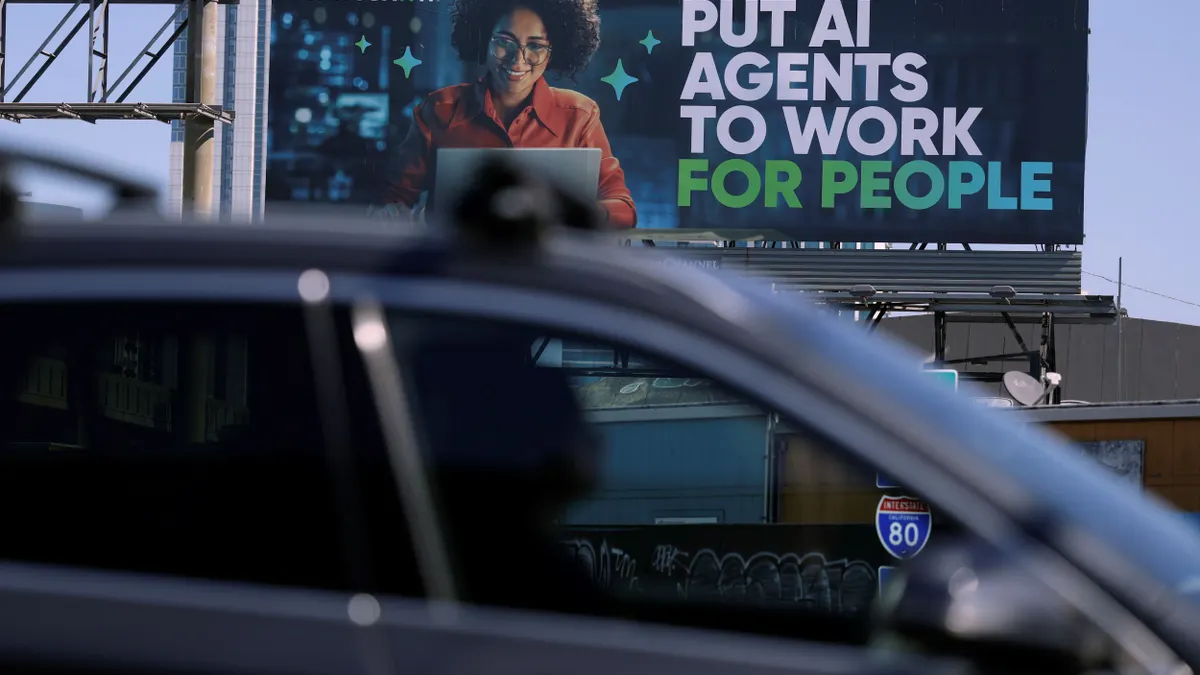Dive Brief:
- The union membership rate in 2018 was 10.5% with 14.7 million workers unionized in the U.S., the U.S. Bureau of Labor Statistics (BLS) reported. The rate decreased only slightly by 0.2% from last year, and the number of unionized workers remains fairly constant compared to the 14.8 million union workers reported for 2017. In 1983, the first year such data was available to public, the rate was 20.1% and the number of unionized workers was 17.7 million, the report said.
- The union membership rate of public-sector workers was 33.9% in 2018, which is more than five times the rate of private-sector workers at 6.4%, the report said. The public-sector union membership rate at the local level — encompassing police officers, teachers and firefighters — was even higher than the national rate at 40.3%.
- Private sectors with the highest unionization rates included utilities (20.1%), transportation and warehousing (16.7%), and telecommunications (15.4%), while finance (1.3%), food services and drinking places (1.3%), and professional and technical services (1.5%) saw the lowest rates of private-sector union membership, BLS reported.
Dive Insight:
Last summer, experts predicted the U.S. Supreme Court's Janus decision spelled "deep trouble" for public-sector unions when it abolished compelled fee collection from non-unionized laborers. Though it was expected to diminish both membership and union funding, public-sector unions have yet to experience the devastating fallout from Janus stakeholders anticipated. The public-sector union membership rate has declined from 34.4% in 2017, but government workers — from teachers in Los Angeles to essential laborers working during the current government shutdown — continue to turn to unions to champion their causes.
Though private-sector union numbers are small in comparison, employers in these industries still must ensure compliance with the National Labor Relations Act. Employers may want to consult the National Labor Relations Board's guidance on union rights and monitor developments regulating unionized employees' access to employer property. Sexual harassment allegations, opposition to forced arbitration and the outsourcing of jobs have inspired workers in tech, food service, hospitality and healthcare to make demands of their employers — and sometimes, to strike — signaling a recent proclivity for collective action even in the private sector, and even in non-unionized workforces.














